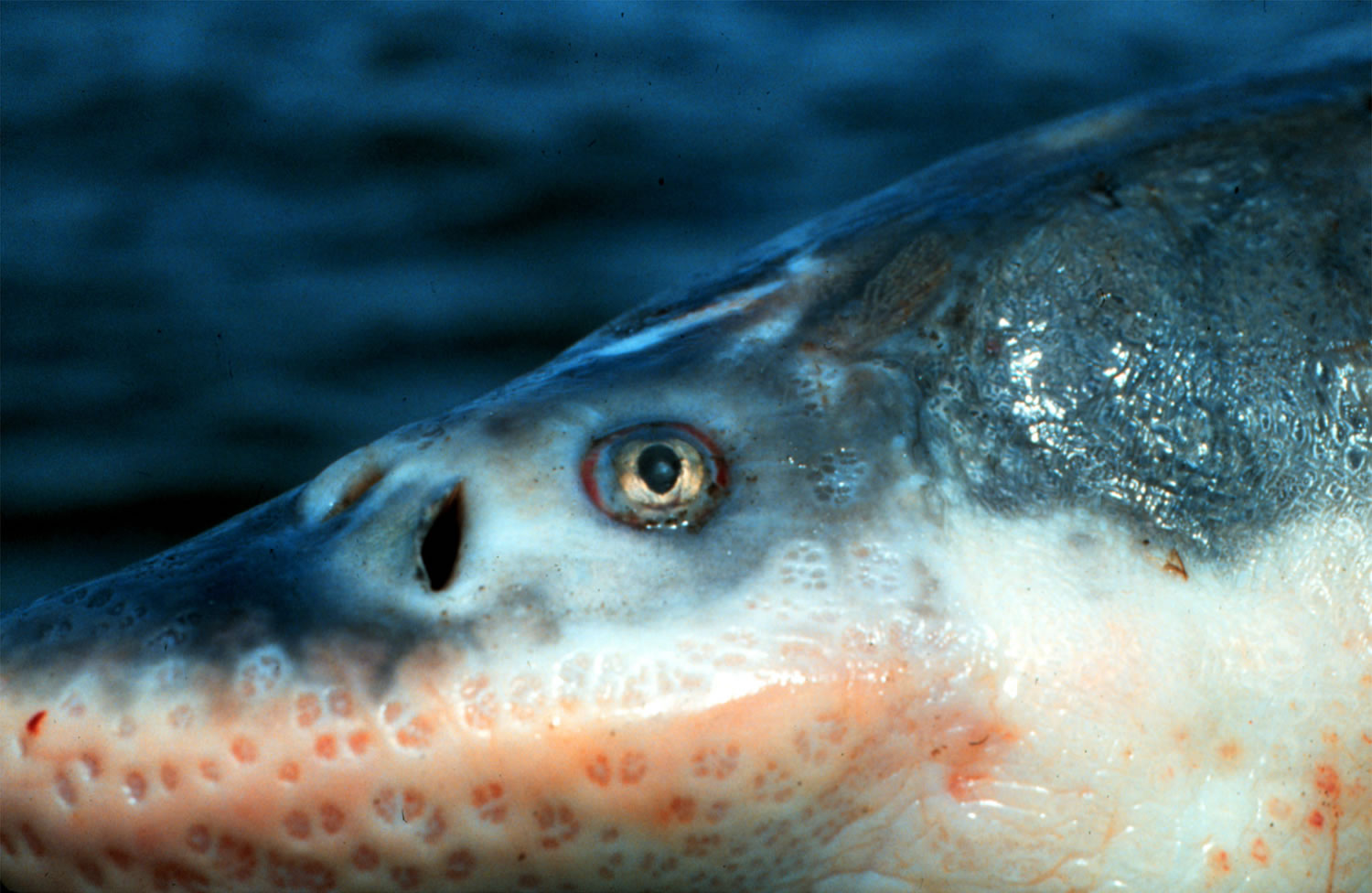A new series of tests found “alarming” levels of toxins in fish caught from the Columbia River and Columbia Slough, according to an advocacy group that released its results this week.
Data collected by Columbia Riverkeeper showed one fish with a level of polychlorinated biphenyls, or PCBs, at 270 times the level the Environmental Protection Agency considers safe for unrestricted consumption. Testing also confirmed a variety of toxins in two other fish, according to the group, with one of those showing PCB levels at more than 70 times the same threshold.
“The results were definitely shocking,” said Lorri Epstein, Columbia Riverkeeper’s water quality director.
Pollutants in the Columbia River aren’t a new development. Past studies have found many of the same toxins detected in Columbia Riverkeeper’s study, Epstein said. But the most recent research took a more personal approach, connecting directly with anglers to get their samples. Instead of going to the dinner table, the fish went to a Longview lab for testing.
The study tested three fish: a bass caught near Hood River, Ore., a sucker caught in the Columbia Slough, and a sturgeon pulled from the water near Astoria, Ore. The sucker, caught in Portland, was the fish that registered 27,000 percent above the EPA threshold for PCBs, according to Columbia Riverkeeper.




